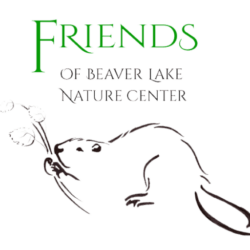Predators/Adaptations
The Coyote’s predators include humans, wolves, mountain lions, and bears.
Diet
The Coyote’s diet includes insects, fruit, berries, prickly pear cactus, deer, elk, rabbits, mice, squirrels, beavers, pocket gophers, ground nesting birds, amphibians, snails, lizards and fish.
Status
The coyote is at the top of the food chain so they will most likely never be endangered. The population is stable, but still growing. The Coyotes population is at their highest point.


Habitat
The Coyote’s habitat is not in just one spot. For example they live in The Sonoran Desert, Desert scrub, grasslands, foothills and populated neighborhoods.
Distinguishing Feature
They range from black, white and gray fur. Coyote can weigh two to three times more than a wolf. The Coyote’s tail is much smaller than a wolf.
